Mikrogeophagus altispinosus or the Bolivian Ram as it is more commonly known as, is one of two Mikrogeophagus cichlids. The other being the Mikrogeophagus ramirezi. As the name indicates, the Bolivian Ram is found in Bolivia (and Brazil) while its cousin, the ramirezi is found in Venezuela and Colombia. Due to the striking colours and fancy fins, the Bolivian Ram is also known as the Bolivian butterfly, Butterfly cichlid, Red Cichlid, Ruby clown cichlid, Ruby clown cichlid and the Butterfly ram.
With an elongated oval body that reaches about 3.5 inches as adults, they are larger than their Ramirezi cousins. You will find a distinctive black spot in the middle of their body and often there is a black vertical line between their eyes. Colours vary from a faint brown to a light, greyish blue while constantly showing yellow bellies.
In their natural habitat, the Bolivian Ram can be found widely spread across the amazon river basin from Brazil to Bolivia. You can spot them in the slower moving waters with soft sandy or often muddy substrate. These ares have many trees and other plants hanging over the side of the river which creates shaded ares that seem to attract the Bolivian Ram, offering plenty fallen branches and aquatic vegetation to provide cover.
These charming little cichlids have been enjoyed by aquarists worldwide for many years. First described in 1911 as Crenicara altispinosa until 1977 when renamed Paplilochromis altispinosa and finally the name Mikrogeophagus altispinosa was given as we know them today.

Caring for these small cichlids in the home aquarium is not to demanding. To get the best colour, behaviour and breeding it is best to try and replicate their natural environment. Using readily available aquarium sand, you can create a similar setup to the amazon basin. With the addition of some driftwood and branches along with some smooth river stones and aquatic plants your fish will be very happy. The best water conditions has a pH range between 6.0 - 7.4 with a slow flow and lower lighting. Temperature should be between 23.3 & 25.6℃ Due to the lower lighting needs, your choice of aquatic plants must be limited to less demanding species to avoid algae blooms due to decaying plant leaves. Some suitable plants include: Amazon Swords, Java Fern, Anubias , Vallisneria, Java moss .
It’s worth noting that by providing more cover with plants and branches, you will have more confident fish which will result in better colours and less stress.
The Bolivian ram is not an aggressive cichlid and can be kept in small groups without worry. It is rare (but not unheard off) that these cichlids become aggressive with each other. Being from the Amazon river basin, finding tank mates for these fish is quite easy. Some compatible species are:
Neon Tetras, Tiger Barbs, Dwarf Gourami,
Emperor Tetra
, Rummy Nose tetra, Silver Dollars
Bolivian Rams are great breeding projects. We recommend raising a group of 5 or 6 juveniles and allowing natural pairing to occur. When a pair is identified, ideally they should be placed in their own aquarium to allow conditioning their environment easier. Raising their aquarium temperature to around 26-27℃ and lowering lights while making sure their aquarium has plenty hiding areas and some smooth surfaces (rock, leaves, caves etc) will trigger the behaviour needed to spawn.
You will notice both make and female fish begin to clean an area over a few days while the Male digs a small pit in the substrate which will help hold their fry once hatched. When ready, the female will lay eggs in the pit several times followed by the male who will fertilise the eggs. Both parents care for the eggs for around 3 days until they hatch. Both parents care for and protect the fry by carrying them in their mouths and transporting them to different areas of the aquarium. Over all the Bolivian ram is a great choice for the Fishkeeper who is looking for a small, peaceful and colourful cichlid that can be kept in a community aquarium.

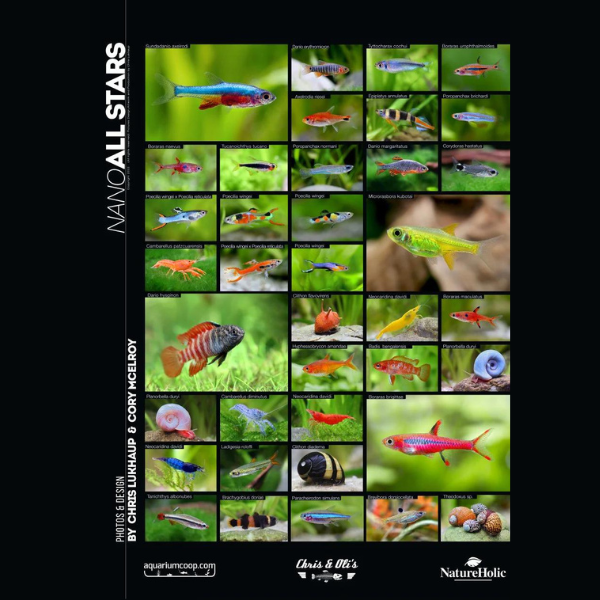
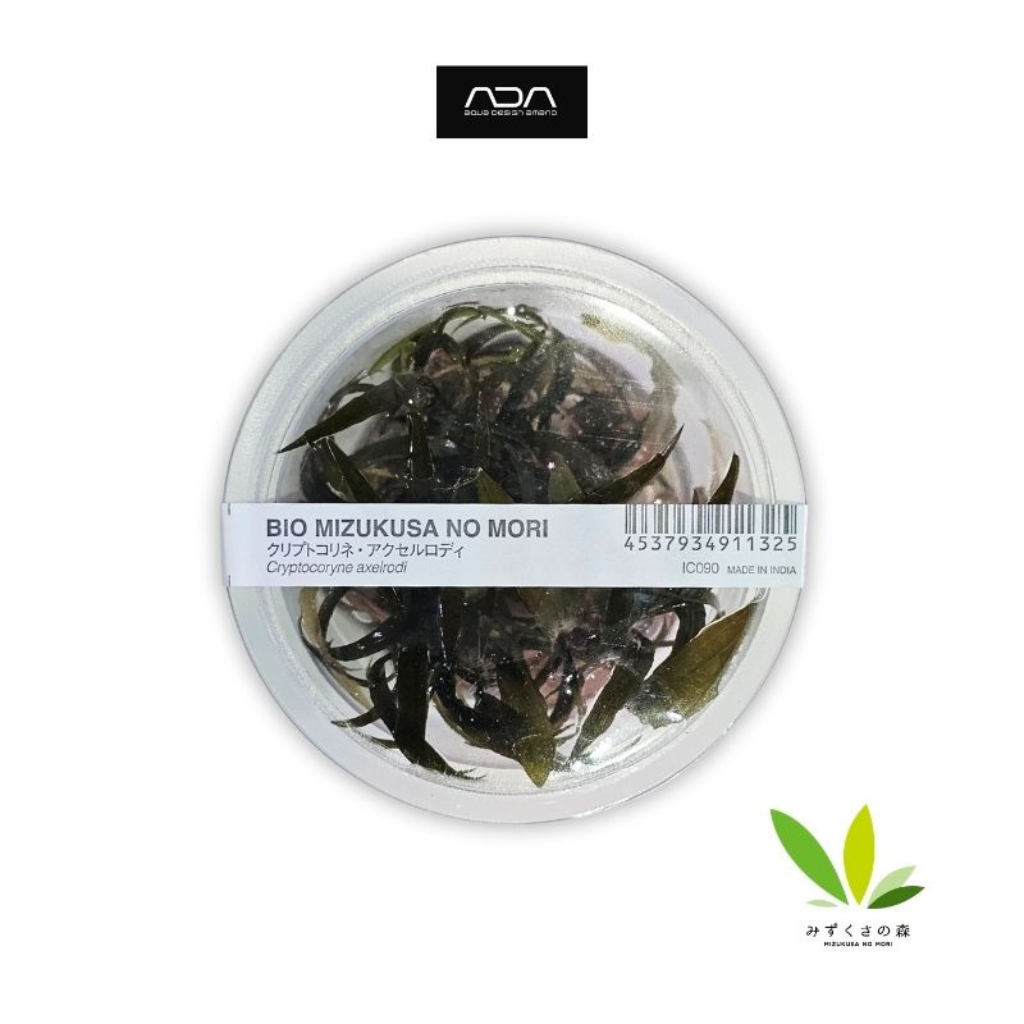
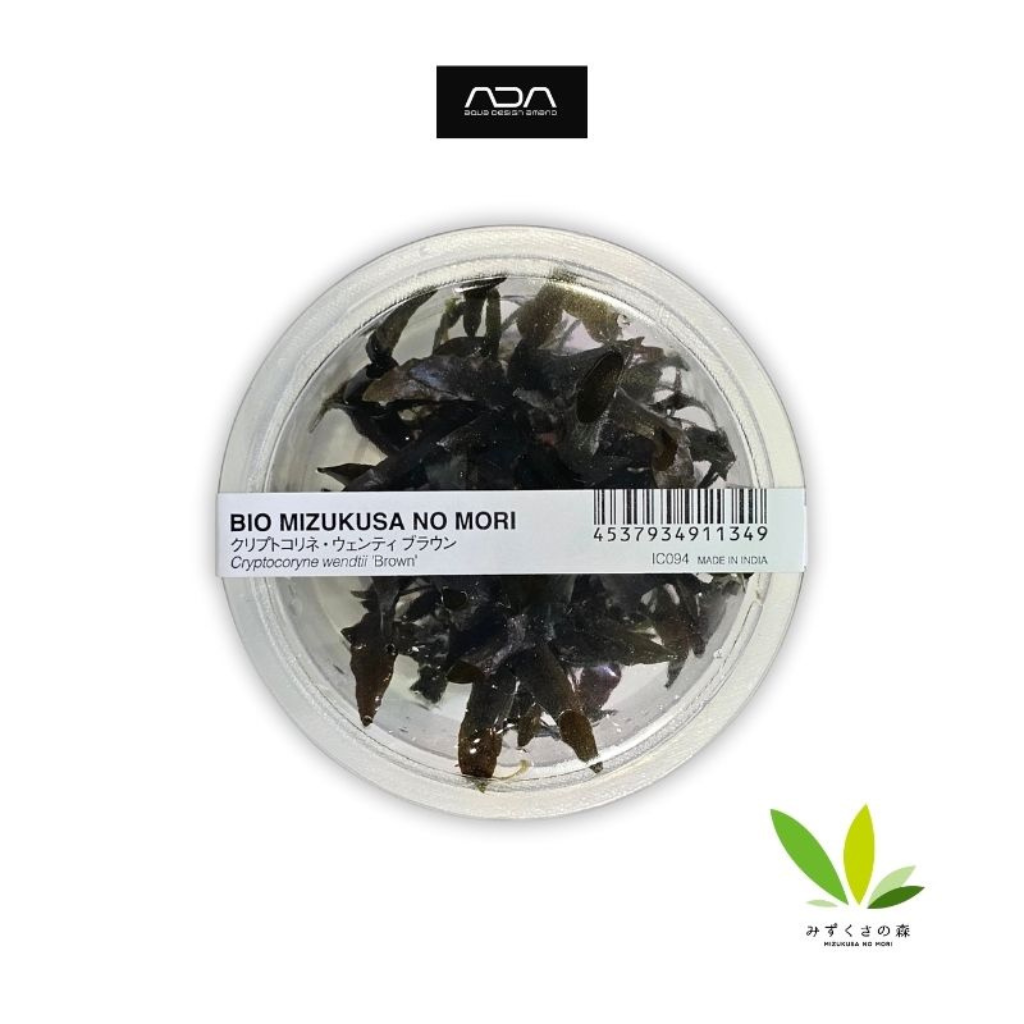
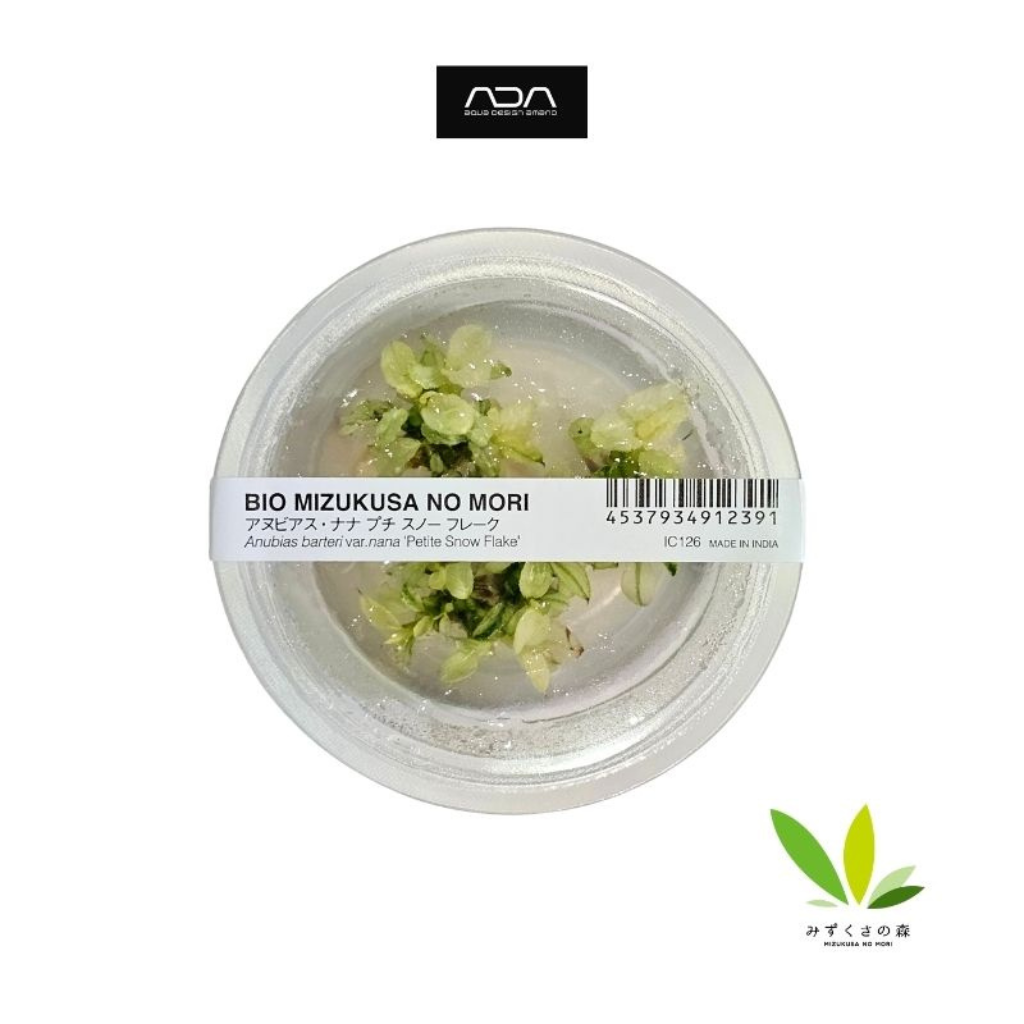
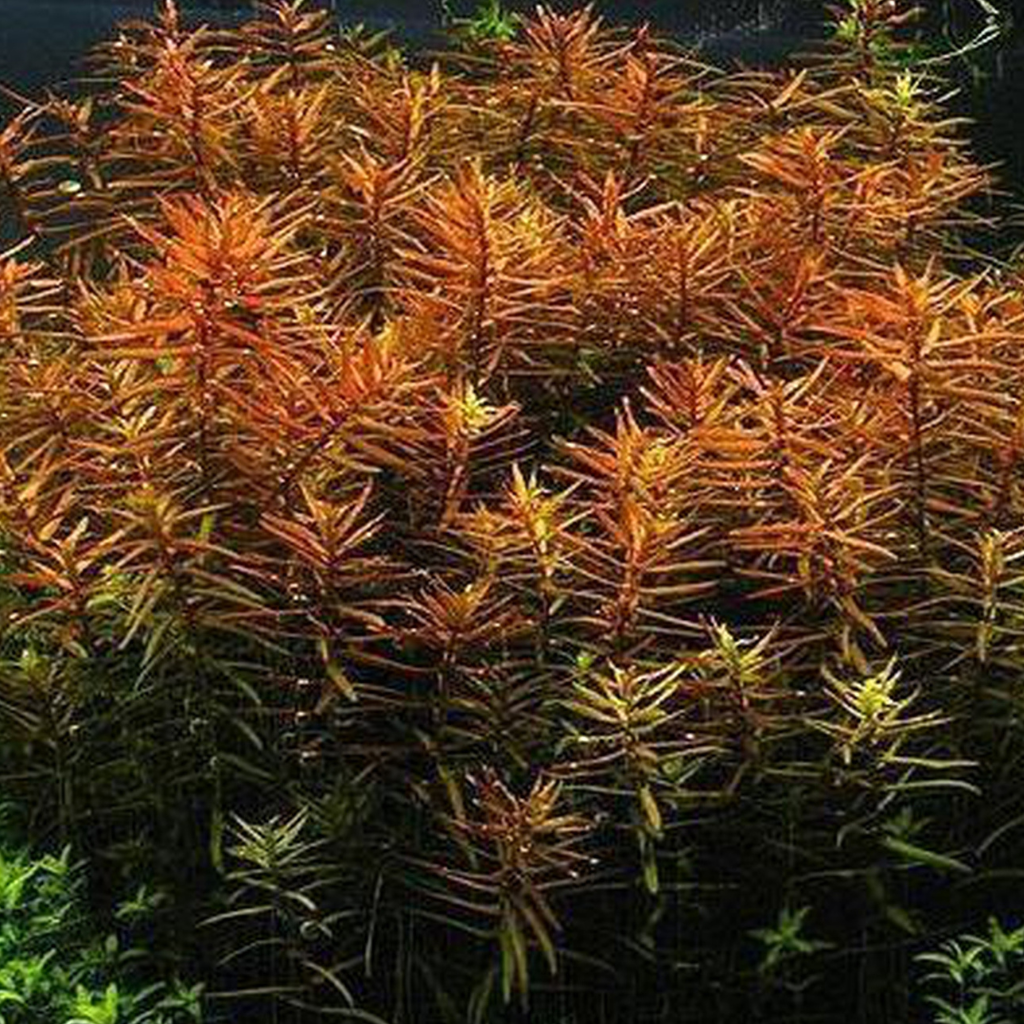
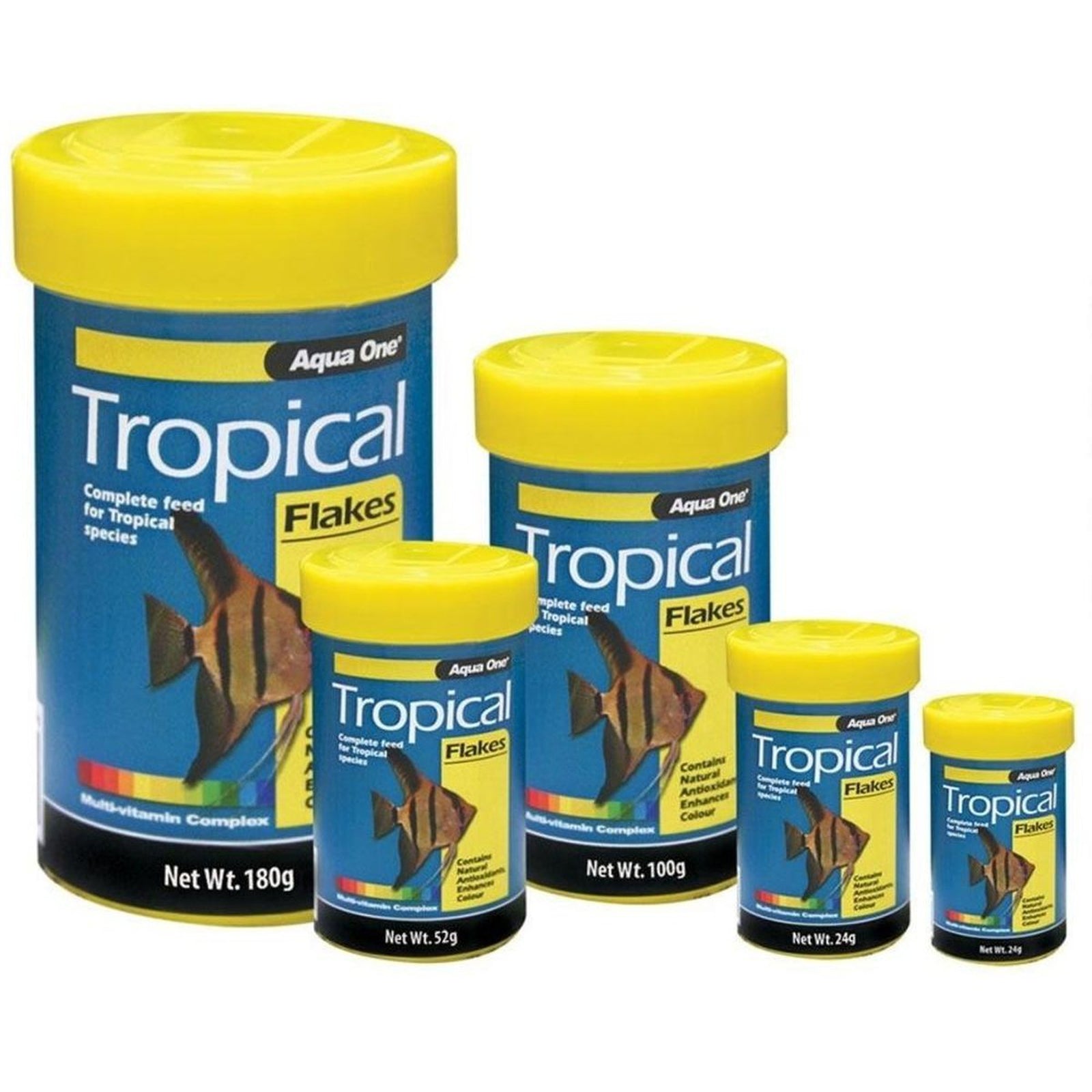
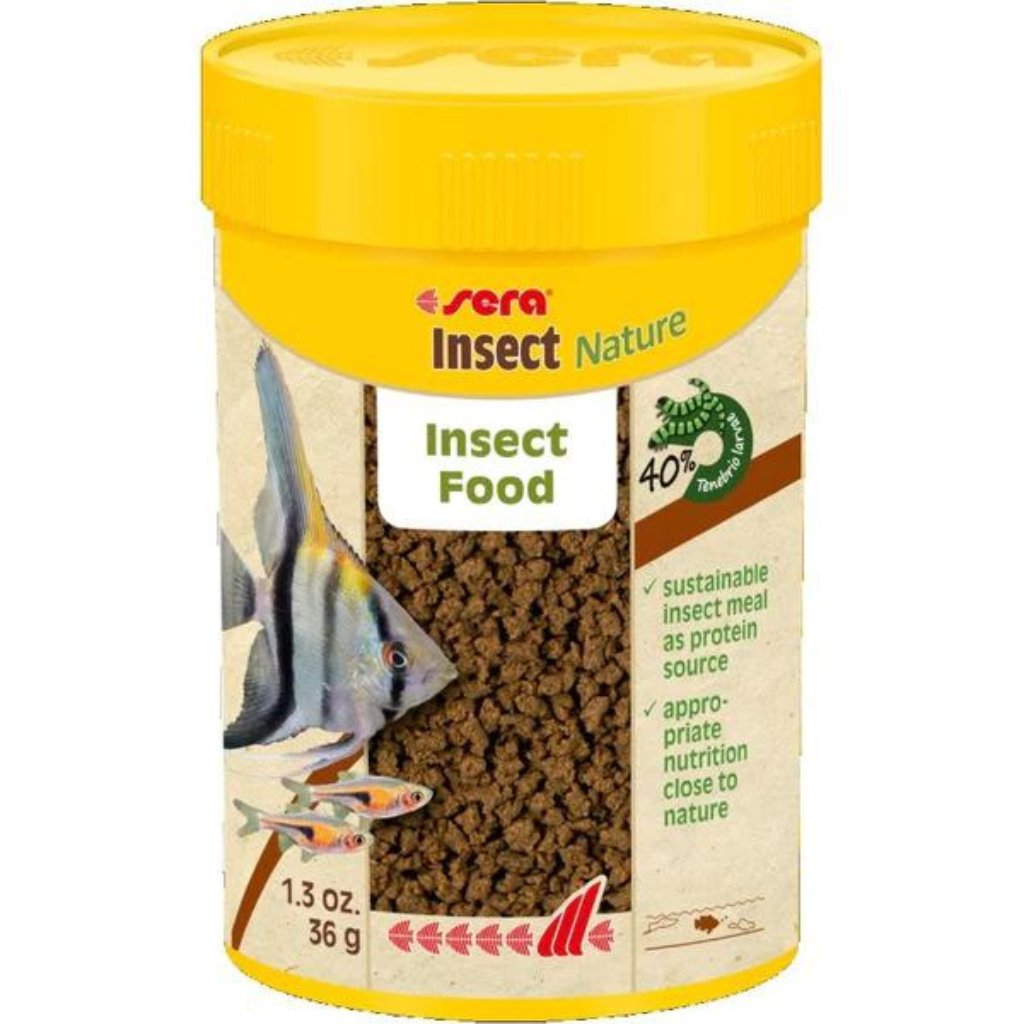
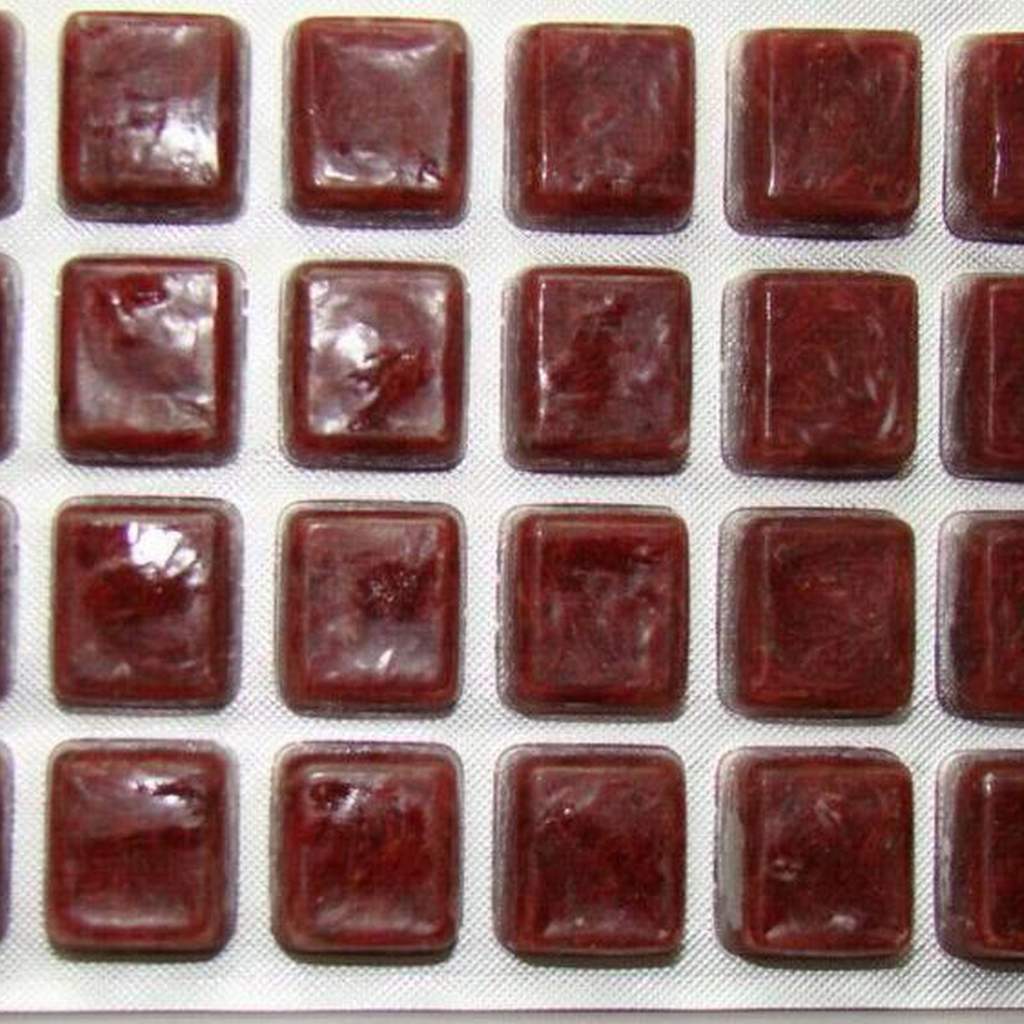





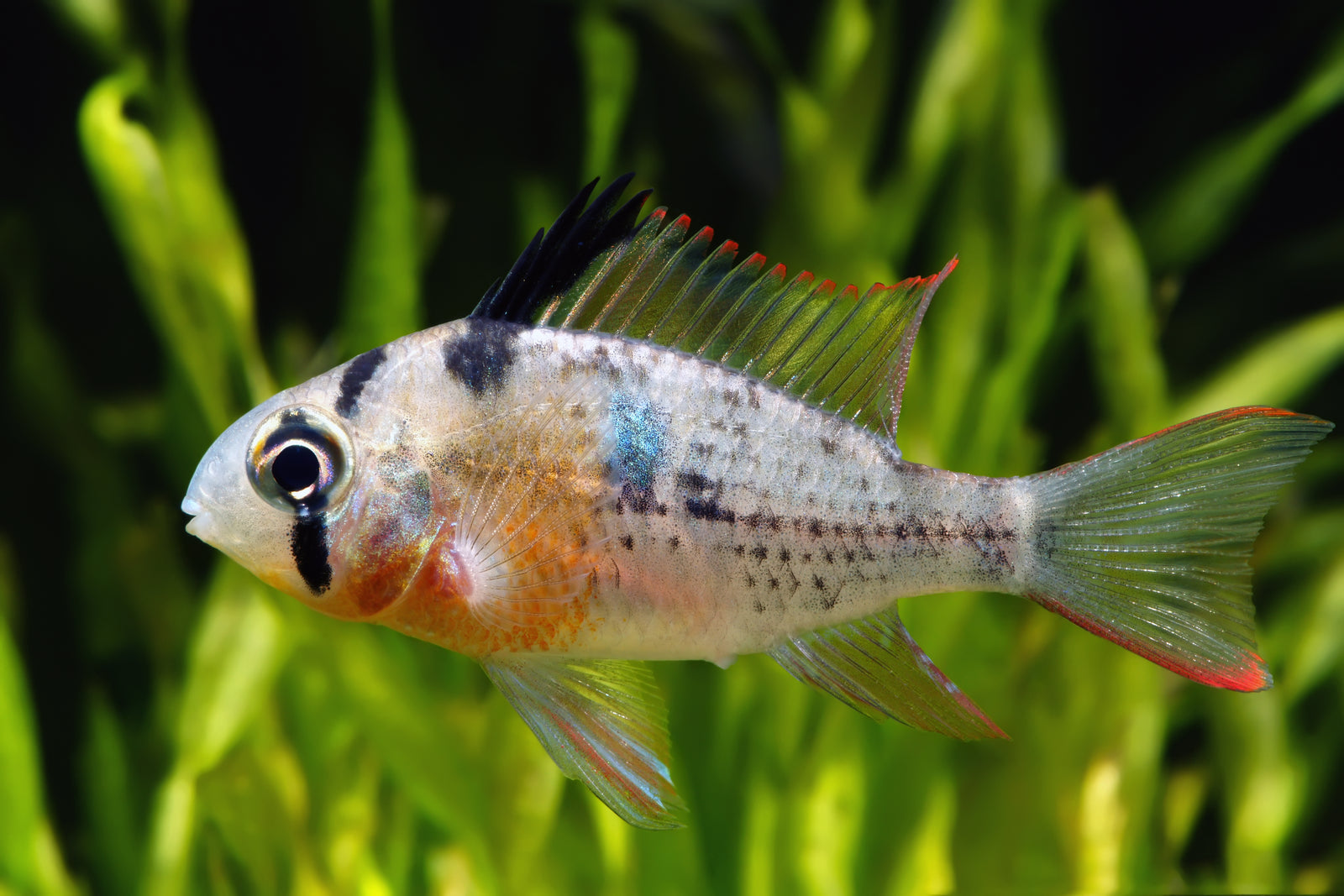
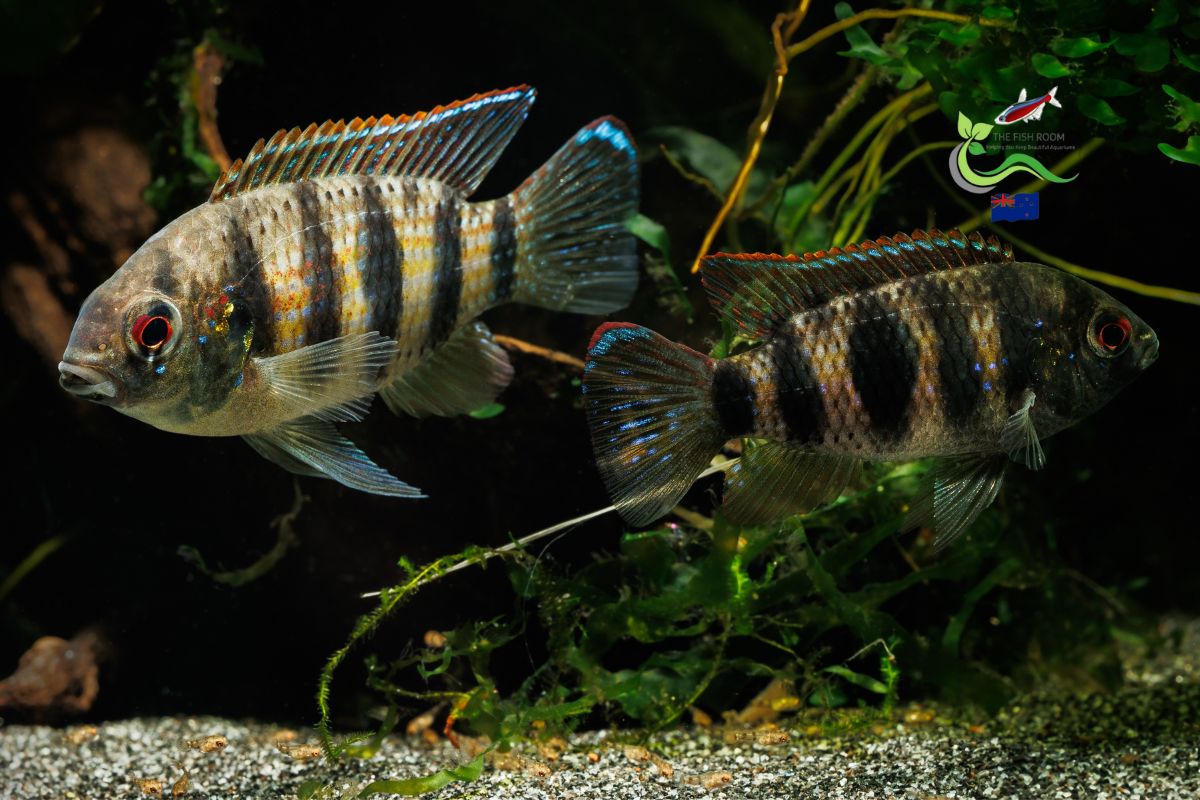
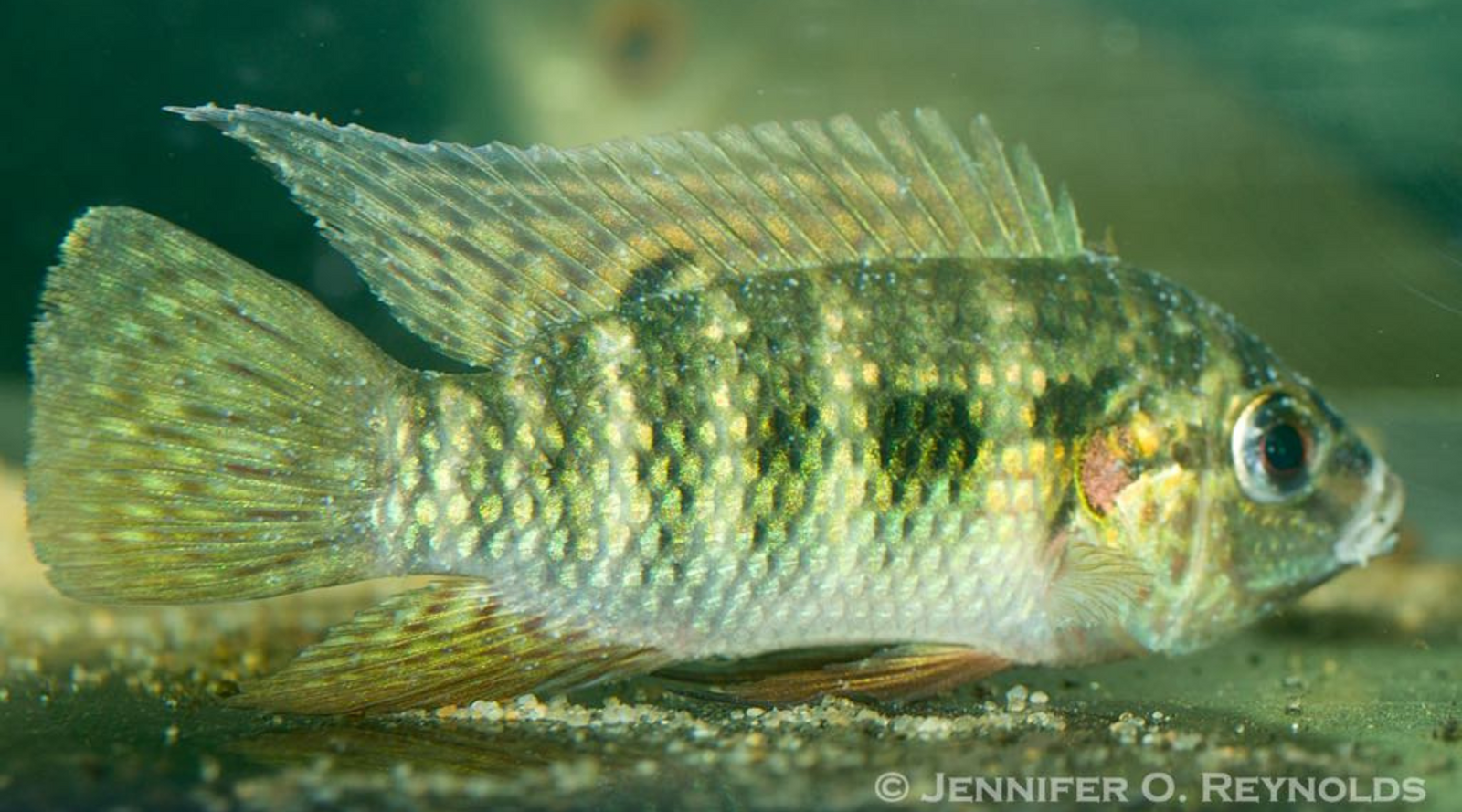
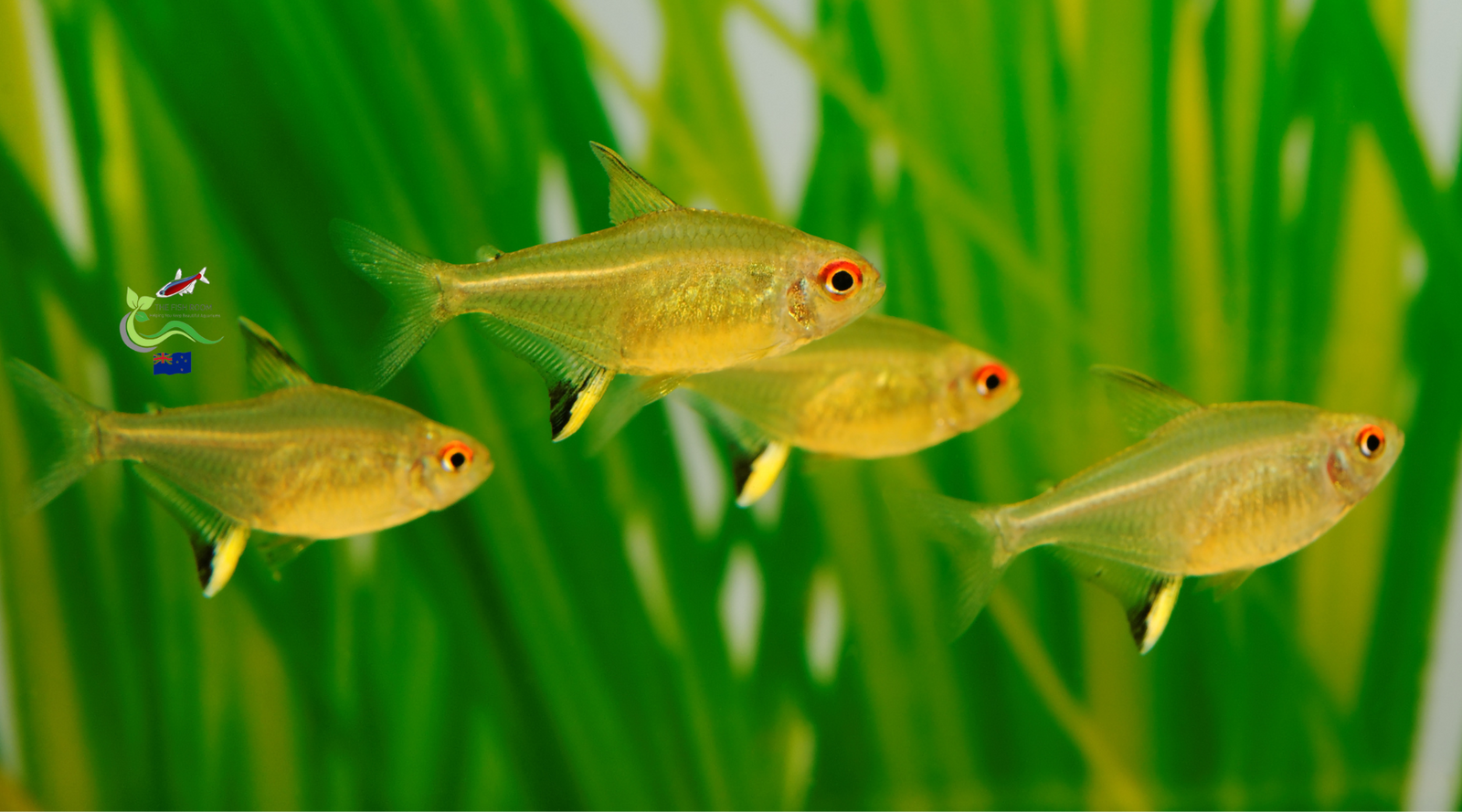
John
March 12, 2021
Great article.